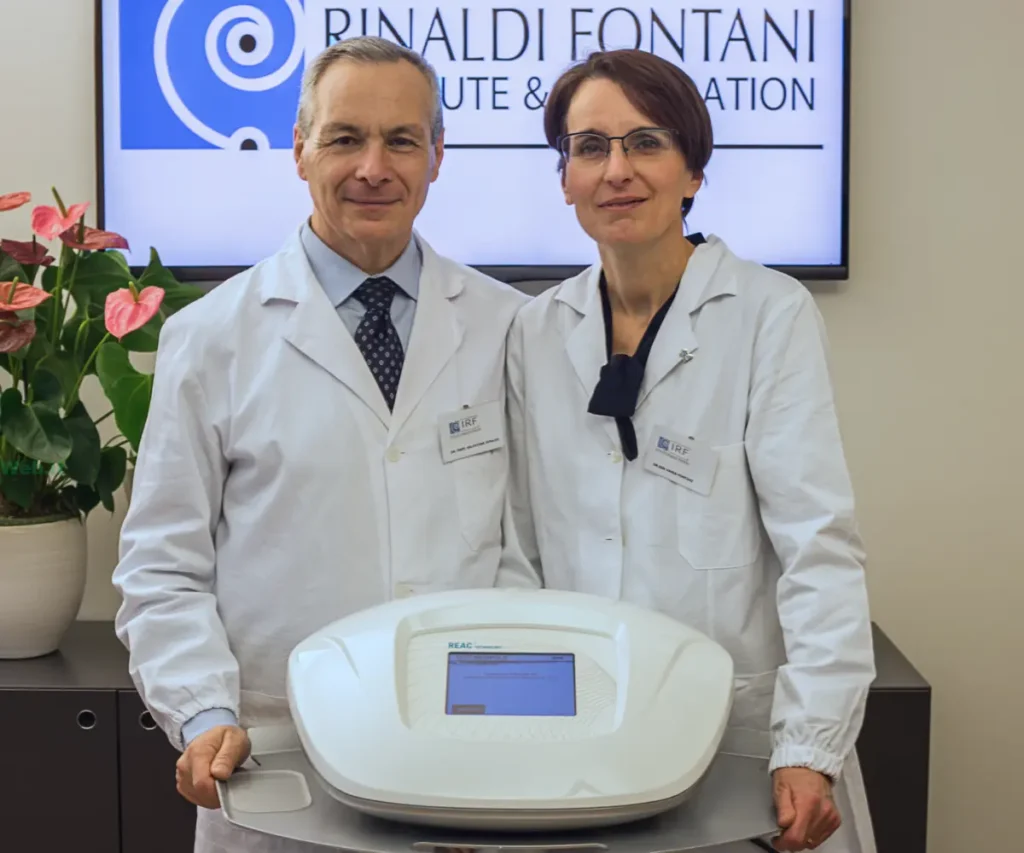For decades, stress has been understood as a necessary component of human adaptation. It has been classified into positive and negative variants, with even a moderate dose considered to have beneficial effects. However, recent research is challenging this view by studying a subtle but revealing biological phenomenon: stress, which has been shown to have a positive and negative effect on human adaptation. fluctuating asymmetry (AF).
Fluctuating asymmetry: a biometry of adaptation
PA manifests itself as small deviations from ideal body symmetry. It does not constitute a pathology in itself, but a functional indicator of chronic stress. What makes this phenomenon remarkable is that its appearance does not respond to structural damage, but to a disorganisation of the internal regulation systems. It is, in essence, the trace of the organism's effort to remain functional in the face of external pressure, whether physical, emotional or environmental.
These seemingly innocuous deviations reflect adaptation with consequences. As described by Drs. Salvatore Rinaldi and Vania Fontani, this adaptation results in a functional dysmetryThe condition, an inefficient neuromotor and postural state that consolidates over time and can facilitate the onset of inflammatory, neurological or psychosomatic diseases.

The classic model Distinguishes between distress (negative stress) and eustress (positive stress).. However, if every form of stress leads to an alteration, however minimal, in the body's bioelectrical self-regulation, then even eustress would have a cumulative biological cost. This perspective does not deny human resilience, but suggests that resilience has measurable limits and objective consequences.
Restoring symmetry through bioelectricity
In response to this understanding of stress as an adaptive dysfunction, the team led by Rinaldi and Fontani has developed the technology REAC® (Radio Electric Asymmetric Conveyer)a therapeutic platform based on the modulation of endogenous bioelectrical activity.
REAC® does not introduce substances or directly alter cell biology through invasive external stimuli. It acts as a "reconductor" of the physiological electrical activity, favouring the restoration of the cell polaritya key property for the healthy functioning of cells, especially in the processes of proliferation, differentiation and regeneration.
This capacity for bioelectrical reorganisation has wide-ranging implications, from neurology and regenerative medicine to addressing chronic diseases and mood dysfunction. Functional neuroimaging studies have demonstrated post-treatment changes, as well as clinical improvements in parameters such as muscle tone, motor coordination, chronic pain, inflammation and emotional response to stress.
Scientific evidence and direct clinical observation
Having visited the Italian research institute where the REAC® technology originated, I have personally witnessed the daily influx of patients from multiple countries, many of them looking for alternatives after the exhaustion of conventional therapeutic options. In this context, I interviewed Professor Rinaldi, who responded cautiously, aware of the far-reaching implications of his work.
The accumulation of scientific evidence is remarkable: more than a hundred indexed publications, many of them focused on the Restoration of functional symmetry and neuromotor reorganisation.others in the modulation of cell polarity in contexts such as ageing, tissue injury, and more recently, proliferation of tumour cells. In in vitro studies on breast cancer cells (MCF-7), for example, REAC® has been shown to induce processes such as autophagy and cellular senescence, without added toxicity or genetic manipulation.
Safety, efficiency and a new preventive horizon
One of the most relevant aspects of the REAC® approach is its safety profile. By not introducing chemical agents or forcing artificial metabolic pathways, but rather by acting through the reharmonisation of bioelectric patterns The side effects are practically non-existent. It is the biological system that "decides" how to reorganise itself, from a base of previously altered electromagnetic information.
This model, which could be defined as preventive epigenetic medicineREAC® proposes an interesting transition from the treatment of symptoms to the detection and correction of the first functional signs of imbalance. Instead of waiting for the disease to fully manifest itself, REAC® allows intervention at that critical point where it is still possible to restore functional organisation.
The integration of fluctuating asymmetry as a clinical marker, and of REAC® technology as a corrective tool, could mean an important step forward in the development of a paradigm shift in medicine. One in which prevention is not based solely on biochemical or genetic analysis, but on the dynamic study of the organisation of the body in relation to the environment.
Far from being a futuristic promise, this approach is already underway. It only remains to be seen whether contemporary medicine is ready to take on a more functional, bioelectrical and ultimately more integrative perspective of the human being.
Neuroimaging studies have demonstrated tangible changes after treatments, as well as improvements in clinical parameters related to pain, mood, concentration, inflammatory response and tissue regeneration.
A concrete tool for preventive epigenetic medicine
If fluctuating asymmetry is the earliest sign of imbalance, its detection and correction should be central to the medicine of the future. REAC® technology enables early intervention at that critical point where the body begins to deviate from balance.
Applied on a large scale, it could mean a profound transformation in public health: less chronic disease, less drug use, less need for invasive interventions, and a healthier, more balanced and emotionally focused population.
This is not science fiction. It is validated science that has not yet reached its full global potential.






